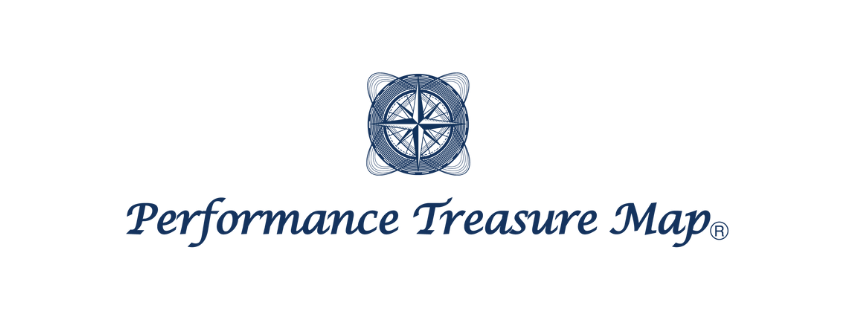Thank you for visiting our blog!
In this blog, we will introduce the “Corrective & Preparation Exercise,” which is the final point in the meaningful subdivision of the first map, “Original K-Map,” within the Performance Treasure Map.
The blog aims to provide a deeper understanding of the exercises by explaining the objectives, procedures, and precautions for each exercise, as well as:
- The fundamental principles behind the exercises
- How they are linked to performance (the “treasure”)

We hope that after reading this blog, it will help you when prescribing exercises for your clients or athletes!
This time, we will introduce the “Kneeling Hinge”!

Classification of Exercises in the Original K-Map
When breaking down the factors of performance, we can classify them as follows:
Range of motion Muscle function Technique
Each exercise is linked to these classifications!
The “Kneeling Hinge” is primarily used for
Range of motion
and we will explain why.
Principle and Fundamental
Let’s first talk about the fundamental principles of exercises.
The key principle is the “Joint by Joint Theory,” which was introduced in a previous blog!
▼Joint by Joint Theory【原理原則】

The body has joints responsible for mobility and joints responsible for stability, which are connected in a chain, as shown in the image.

Connection to Performance
Range of Motion in Squats
In the Original K-Map’s “Squat,” range of motion is divided into the following elements:
✅ Thoracic extension range of motion
✅ Abduction and external rotation range of motion of the glenohumeral joint
✅ Hip flexion range of motion
✅ Knee flexion range of motion
✅ Ankle dorsiflexion range of motion

Regarding the hip, knee, and ankle joints, although extension is important, we are focusing on flexion for convenience.

The squat is often referred to as the “king of exercises” because it trains the entire body evenly. However, as mentioned above, many joints need to be controlled, so performing the movement correctly is not easy.
The movements of flexion and extension at the ankle, knee, and hip joints are particularly important. However, when the hip joint, which has a large range of motion, doesn’t move adequately, it often leads to improper squatting.
That’s why learning to move the hip joint first is very important!
Hip Hinge
In performing squats or deadlifts, the “hip hinge,” which involves pulling back the hip joint, is essential.
Many sports start with a slight forward-leaning posture known as the “power position.”
Though the height of the center of gravity may vary, a proper forward-leaning posture requires adequate flexion at the ankle, knee, and hip joints.
The hip, in particular, requires a large range of motion to tilt forward!
Therefore, the action of folding the hip joint is very important, and this movement is called the “hip hinge.”

“Hip” refers to the hip joint, including the gluteal area, and “hinge” means a pivot or hinge.
If the movement of bending the hip joint is restricted, compensatory motion such as rounding the back to create a forward-leaning posture or excessively bending the knees to lower the body may occur. This puts extra stress on the joints and ligaments of the lower back and knees
The movement introduced this time is the hip hinge in a kneeling position, and eventually, hip hinge movements on one leg while standing will be required in sports.
Gradually increasing the number of involved joints, raising the variability of movements, and eventually moving on to weighted exercises like squats or deadlifts promotes long-term adaptation, leading to improved performance!
Kneeling Hinge

Purpose
To improve hip flexion range of motion.
Starting Position
Kneel on both knees and place both hands behind your head.
Procedure
Fold at the hip joint, as if trying to bring your buttocks to your heels.
Key Points
・Keep the shoulder blades well together.
・Do not round your back.
Conclusion
In this article, we introduced the “Kneeling Hinge”!
In the K-Map, exercises are arranged in order of difficulty (based on position and the joints involved) to gradually acquire hip flexion movement.
This time, we’ll show a part of the map!


As you move to the right, the positions become more simple and involve fewer joints.
You don’t always have to start with the easiest exercise like Aufbau to acquire hip flexion range of motion!
Choosing which exercise to use depends on the condition and training maturity of the client, and that’s where the trainer’s “eye” and “skill” come into play!

Next time, we will introduce the “90/90 Shinbox”!
Please look forward to it!
▼For more information about PTM or K-Map, click here:
▼To purchase the Original K-Map, click here:

This post is also available in ja.

